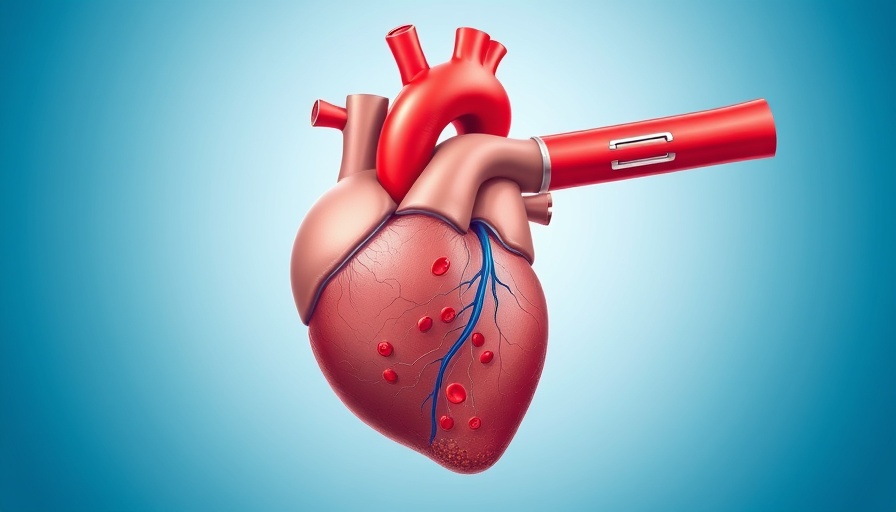
Routine Heart CT Scanning: A Controversial Topic in Cardiology
A recent study from the European Society of Cardiology has sparked a significant conversation within the medical community about the efficiency and necessity of routine heart CT scanning following stenting procedures, particularly for patients with left main coronary artery disease (CAD). Traditionally, CT scans have been employed as a follow-up tool to assess the patency of stents post-surgery. However, this new research brings important revelations about the potential overuse of such imaging techniques.
Understanding the Context: What is Stenting for Left Main CAD?
Left main CAD is known for its severity, often requiring immediate intervention. Stenting, a procedure where a small mesh tube is inserted to keep arteries open, has become the standard treatment for this condition. Historically, patients have undergone routine heart CT scans to monitor the effectiveness of these stents. Yet, the study indicates that these scans may not provide additional value in monitoring patients’ heart health.
Expert Opinions: Aligning with Current Medical Practices
Dr. Jane Adams, a noted cardiologist, argues that while imaging has its place, the study questions the routine nature of CT scans, suggesting they could lead to unnecessary treatments or interventions. 'The evidence suggests that many patients do well without additional imaging,' Dr. Adams states. Following stenting, she notes, symptoms and clinical exams should guide ongoing assessments rather than defaulting to scanning.
Economic Implications: Cost vs. Benefit
The cost-effectiveness of routine scans also comes into play. Heart CT scans are expensive and can place a financial burden on both the healthcare system and patients. The study's findings could advocate for a more judicious use of imaging resources, allowing for healthcare savings that could be redirected toward other patient care initiatives or technologies.
Emotional Resonance: Patient Perspectives
Patients often feel anxious about their health and may regard routine tests as a safety net. However, clarity in communication is vital. 'Patients need to understand that not all tests are necessary; many might not change the treatment outcome,' says Dr. Kumar, a cardiologist at a leading hospital. Educating patients on when tests are essential can alleviate unnecessary worry while highlighting a more modern, evidence-based approach to heart health.
Future Directions: Innovations on the Horizon
Looking ahead, technological advancements in cardiology may offer solutions that minimize both medical costs and patient exposure to unnecessary procedures. Non-invasive monitoring methods, such as wearable health trackers that provide real-time cardiovascular data, may emerge as alternatives that physicians can rely upon instead of routine imaging. These advances, combined with clinical judgment, could redefine heart care.
Conclusion: The Way Forward in Cardiology
As the field of cardiology evolves, embracing evidence-based practices while remaining sensitive to patient concerns is essential. This current study challenges entrenched practices surrounding routine heart CT scans and emphasizes a need for balanced healthcare. By prioritizing patient education and exploring innovative technologies, the healthcare community can work towards providing more personalized and effective treatment options for patients with left main CAD.
 Add Row
Add Row  Add
Add 




Write A Comment